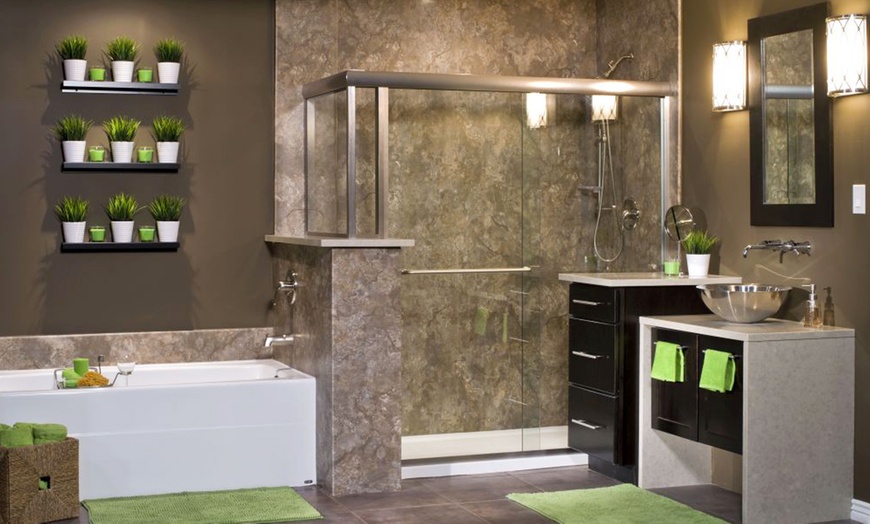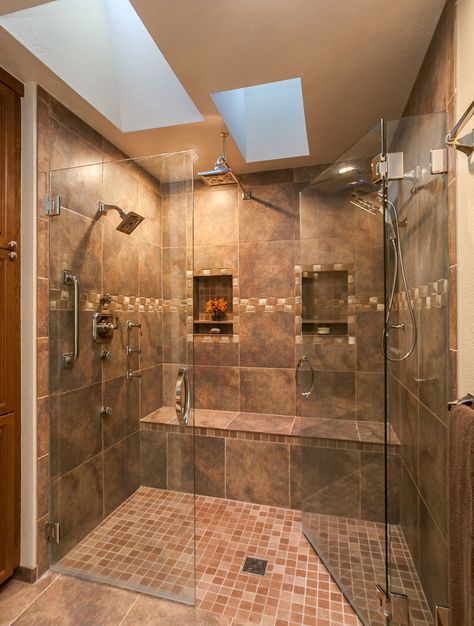
Increasing the value of your home is a great way to boost the return on your investment. Although it may seem tempting to make large-scale changes to your home's value, this is not the right thing. Even small, incremental changes can yield a substantial return. Here are some tips for making the most of your renovation project. Here are some common improvements and their return-on-investment. Keep reading to learn more about the best options.
These are two of the most popular projects homeowners undertake. Remodeling your bathroom or kitchen can improve the home's value. You should check your local statistics before beginning a project to determine the area's return on investment. While bathroom remodels generally have the best return on investment, the results can be varied. If you want to make a larger impact on the ROI of your renovation, consider remodeling your entire home.

The return on investment of home improvements is a critical component of the selling process, so make sure you spend as much as possible on these projects. While most renovations increase the property's sale price, there are some that will not. Installing a new roof can increase your home's worth. Renovating the kitchen may increase the sale price of your house, but future home buyers may not want to spend so much money on a new kitchen. A bathroom or kitchen renovation can bring you up to 80% in return.
Depending upon the type of home improvement project, the ROIs for your investment can vary widely. The exact number will depend upon the market trends in housing, your personal preferences and how the house is built. It is essential to understand your ROI before you start any major project. This will enable you to make an informed decision and make a wise investment. A knowledgeable home improvement company will help you realize your dreams and make your home market-ready.
The return on investment is an important aspect of home improvements. Often, it is the most important aspect of any home improvement project, and can give your property an instant boost in value. You will get a high roi if you choose a project that is right for your property. Moreover, you will get a better appreciation on your property if you keep your property for a long time.

You have many options when it comes time to improve your home. Some upgrades are worth it, while others are not. Although a kitchen remodel is the most costly, it can still be worthwhile. Besides the obvious benefits of a new kitchen or bathroom, a new roof can also make your home look better. You should consider a renovation that will improve your home's return on investment if you are looking to sell your house.
FAQ
What should I fix first when renovating a house?
Fixing up a home starts with cleaning out all the clutter from inside and outside. You will need to clean out all moldy areas and repair any leaky pipes. Finally, you'll need to repaint the interior. Finally, you need to clean off the exterior surfaces and apply fresh paint.
How important do you need to be preapproved for a mortgage loan?
It is important to get preapproved for a mortgage because you will know how much you can borrow. It can also help you determine your eligibility for a particular loan program.
How do you renovate a house with no money?
If you are looking to renovate a house with no money, here are some steps:
-
Create a budget plan
-
Find out the materials you require
-
You must decide where to place them
-
You will need to make a list of the things that you must buy.
-
Determine how much money you have
-
Plan your renovation project
-
Start to work on your plans
-
Do some research online
-
Ask friends and family for help
-
Be creative!
How much does it take to renovate a home?
Renovations usually cost between $5,000 and $50,000. Renovations typically cost homeowners between $10,000 and $20,000
Do you prefer to do walls or floors first?
The best way of starting any project is to determine what you want. It is important to consider how you will use the space, who it will be used for and why. This will help to decide whether flooring or wall coverings is best for you.
You can choose to put flooring in the first place if you decide to open up your kitchen/living space. You could also consider wall coverings for privacy if this is the space you are looking to create.
Can I do the whole renovation myself?
Why pay someone to do it for you when you can do it yourself?
You may love DIY but there will come a time when you can't do it all by yourself. There could be too many variables to manage.
You might discover that the wiring in your home is not up to date. In this case, you'll need to hire an electrician to ensure that your electrical system works safely and reliably.
Also, you should consider that some structural damage may not be possible during renovations.
Additionally, you may not have the right tools to complete the job. For instance, if you are planning to install a new kitchen sink, you'll need to buy a special tool called a plumber's snake which is used to clear clogged pipes.
There are also plumbing codes that require you to have a licensed plumber working on your project.
You need to be able to do the job before you take on any large tasks.
Ask for assistance from family and friends who have completed similar tasks before if you are uncertain.
They can advise you on the steps you should take and where to look for further information.
Statistics
- It is advisable, however, to have a contingency of 10–20 per cent to allow for the unexpected expenses that can arise when renovating older homes. (realhomes.com)
- They'll usually lend up to 90% of your home's "as-completed" value, but no more than $424,100 in most locales or $636,150 in high-cost areas. (kiplinger.com)
- Design-builders may ask for a down payment of up to 25% or 33% of the job cost, says the NARI. (kiplinger.com)
- The average fixed rate for a home-equity loan was recently 5.27%, and the average variable rate for a HELOC was 5.49%, according to Bankrate.com. (kiplinger.com)
- ‘The potential added value of a loft conversion, which could create an extra bedroom and ensuite, could be as much as 20 per cent and 15 per cent for a garage conversion.' (realhomes.com)
External Links
How To
How do I plan for a whole house renovation?
Research and careful planning are essential when planning a house remodel. Before you even start your project there are many important things that you need to take into consideration. First, you must decide what type of home improvement you want. There are many categories that you could choose from: kitchen, bathroom or bedroom; living room or dining room. After you decide which category you want to work on, figure out how much you can afford to spend on the project. If you do not have any previous experience in working with homes, it is best that you budget at least $5,000 per bedroom. If you have some previous experience, you may be capable of getting away with a lower amount.
Once you have established how much you are able to afford, you will have to decide on how big a job to do. If your budget only allows for a small renovation of your kitchen, you will be unable to paint the walls, replace the flooring or install countertops. On the other hand, if you have enough money for a full kitchen renovation, you can probably handle just about anything.
Next, find a contractor who is skilled in the type and scope of work you wish to undertake. This way, you'll be guaranteed quality results and you'll save yourself a lot of headaches later on down the road. After you have selected a professional contractor, you can start to gather materials and supplies. You may need to purchase everything from scratch depending on the size and scope of your project. However, there are plenty of stores that sell pre-made items so you shouldn't have too much trouble finding everything you need.
Now it's time for you to start planning. First, you'll want to draw up a rough sketch of where you want to place furniture and appliances. The next step is to design the layout of the rooms. Make sure that you leave space for plumbing and electrical outlets. It is a good idea to place the most important areas nearest the front door. This will make it easier for visitors to access them. The final step in your design is to choose colors and finishes. In order to avoid spending too much money, stick to neutral tones and simple designs.
Now it's time for you to start building. Before you begin any construction, make sure to verify your local codes. While permits are required in some cities, homeowners can build without one in others. Before you can begin construction, remove any walls and floors. Next, you'll need to lay plywood sheets in order to protect your new floors. Next, you will nail or screw together pieces wood to create the frame for your cabinets. Finally, attach doors to the frame.
When you're done, you'll still have a few finishing touches to do. Covering exposed pipes and wires is one example. For this, you will use plastic sheeting or tape. Also, you will need to hang mirrors or pictures. Make sure to keep your work area neat and tidy.
These steps will help you create a functional, beautiful home that is both functional and attractive. Now that you know how to plan a whole house remodeling project, you can go ahead and get started!